Hello, I"am looking at buying the kinda newer true north TN20 stove by pacific energy, there are some great reviews from the first one (TN19) on this site but they are 4 yrs old, would like to hear remarks good and bad after a few years of use, I dont know what if any difference between TN19 & TN20.
Thanks for any help, cowboy billy hows yours working out???
Thanks for any help, cowboy billy hows yours working out???


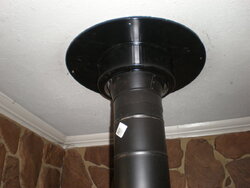
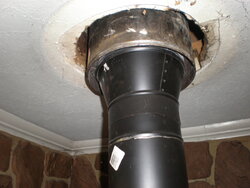
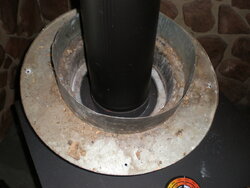

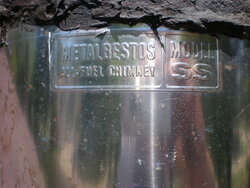
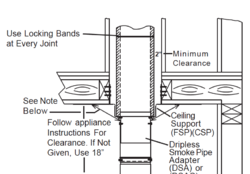
 I didn't mention pipe size. Is this 6" or 8" chimney - ID? If 8", maybe now is the time to replace with 6" chimney pipe? That will bring clearances into line.
I didn't mention pipe size. Is this 6" or 8" chimney - ID? If 8", maybe now is the time to replace with 6" chimney pipe? That will bring clearances into line.